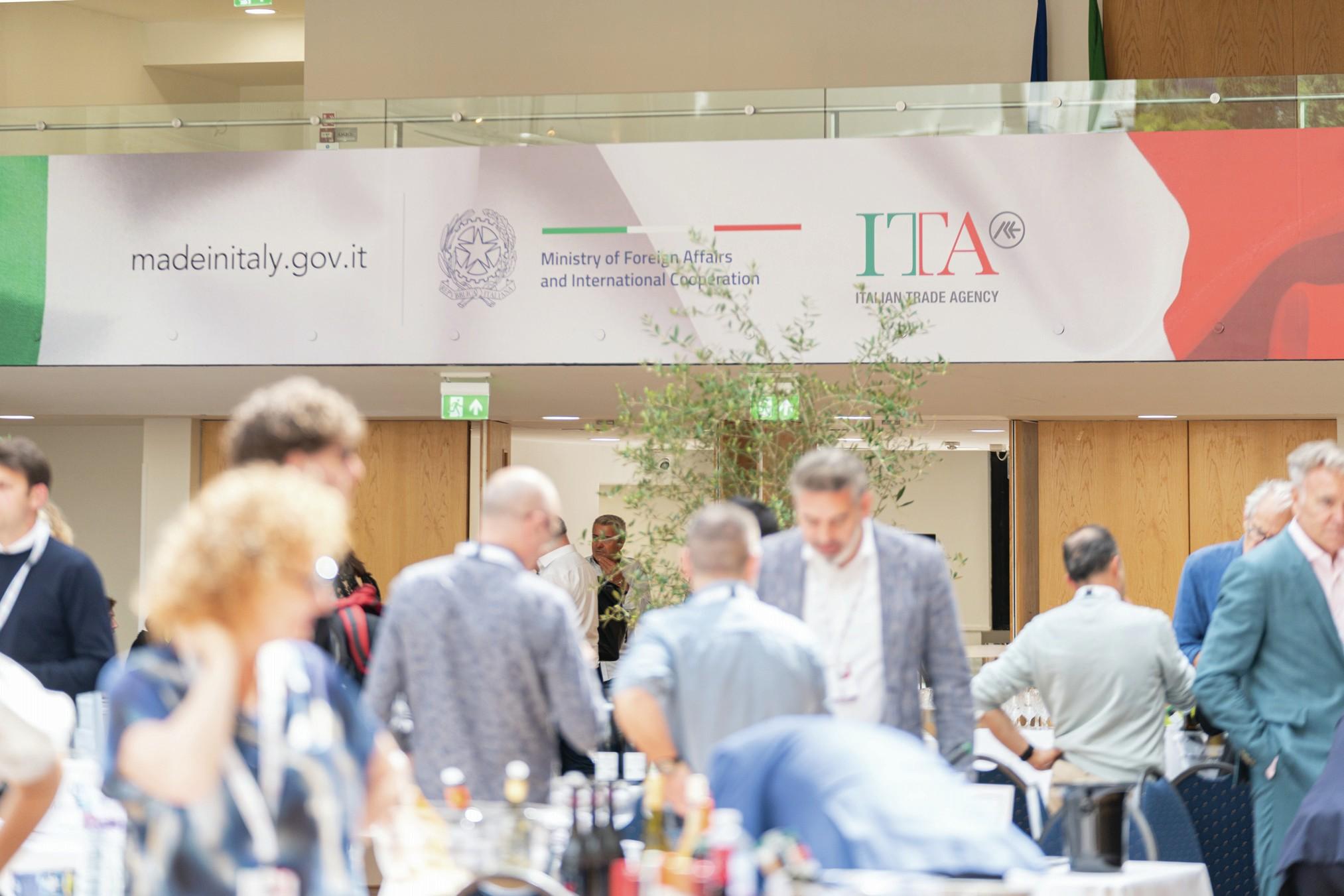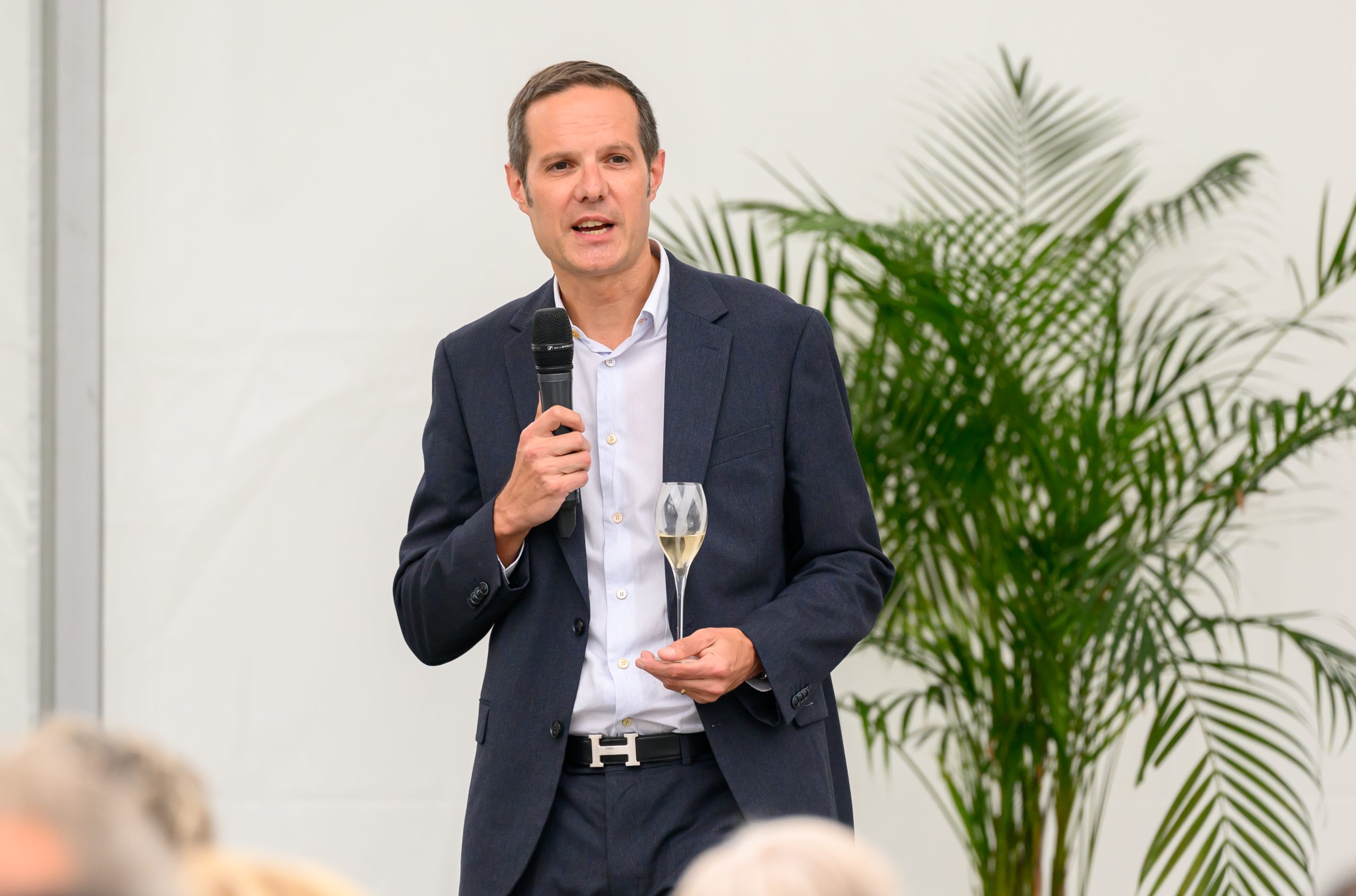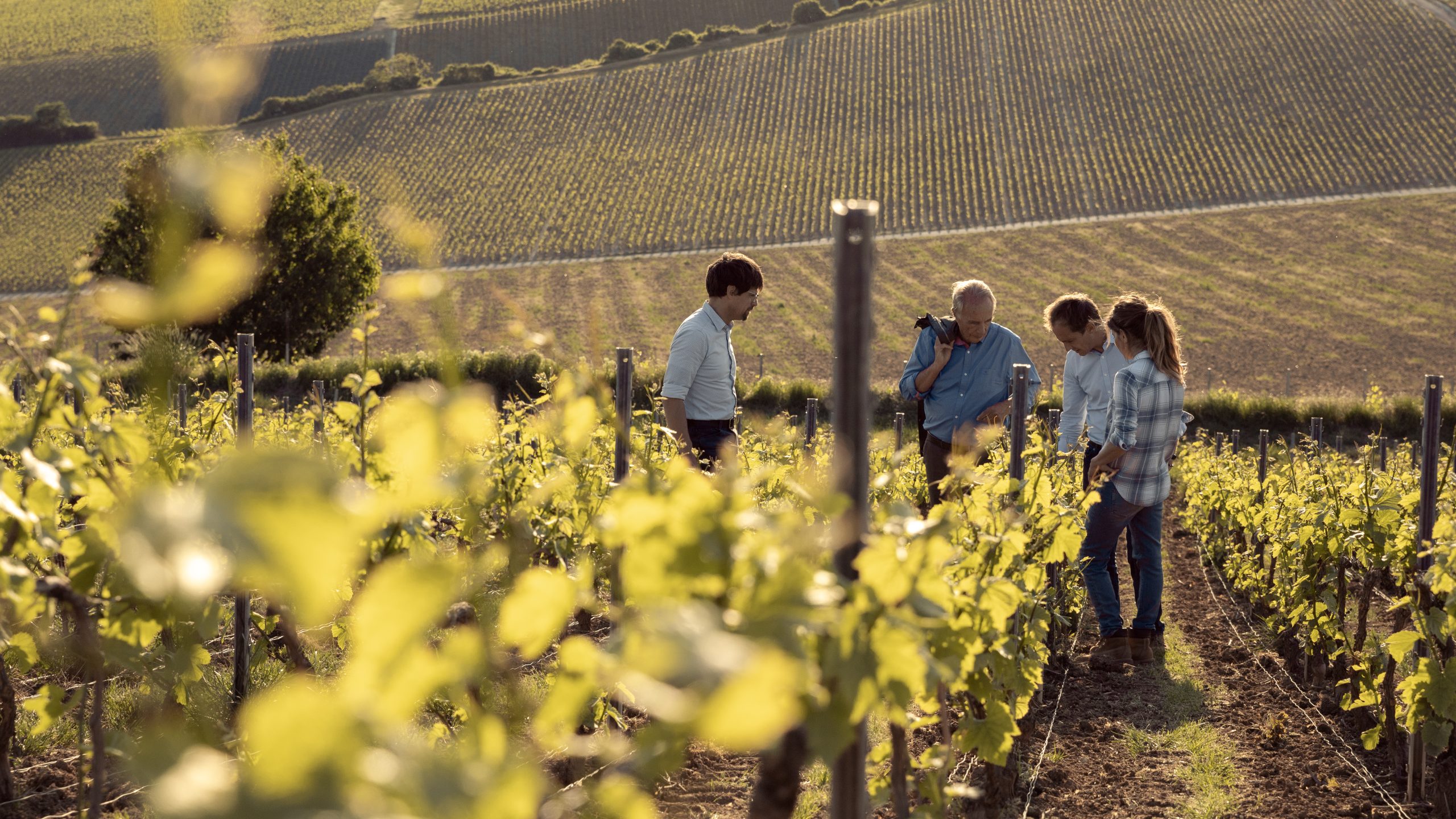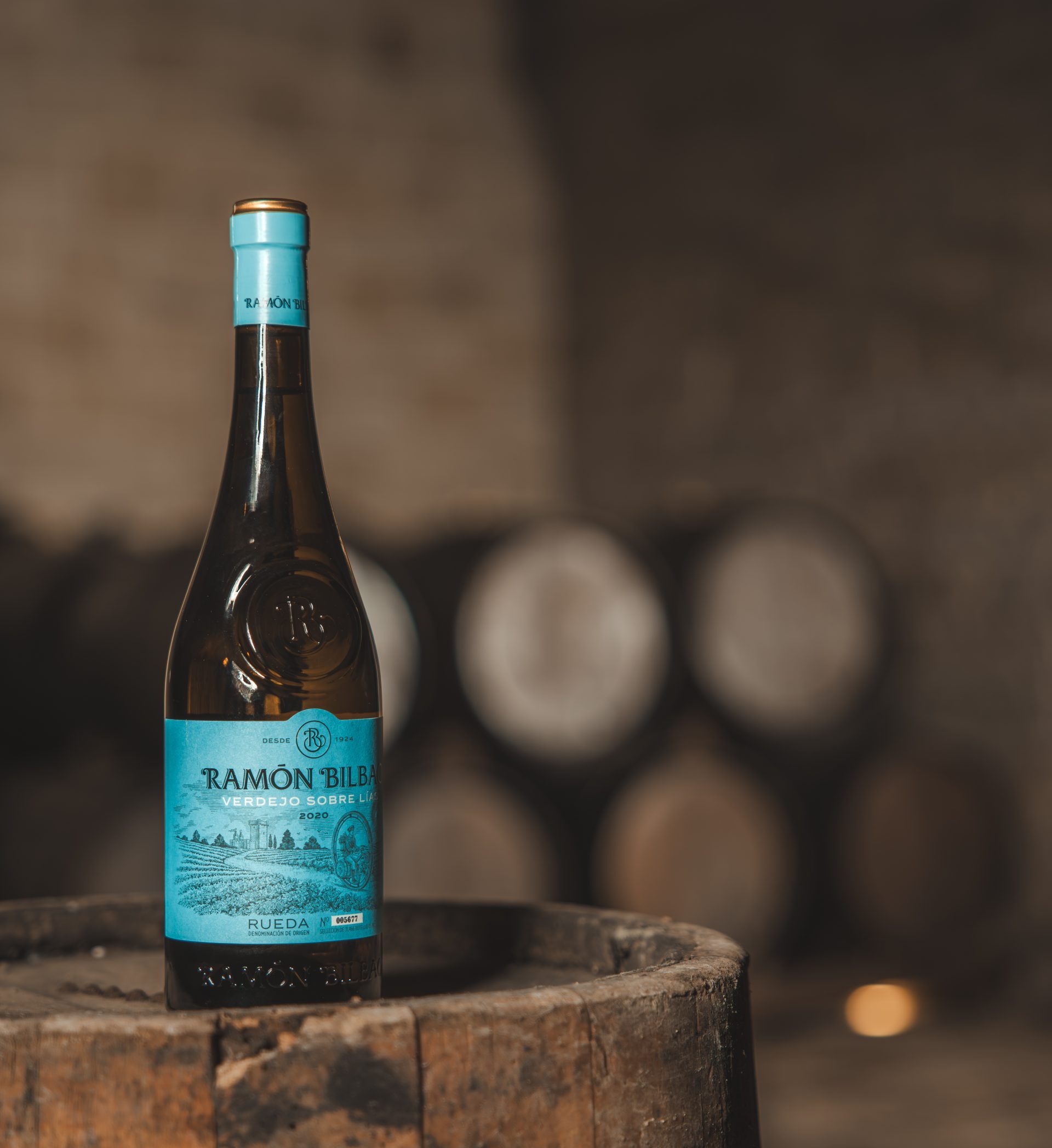Zuccardi: ‘I don’t want to make a ‘perfect’ wine, but one that talks about my vision of the area’
The future of Argentina lies in talking more about village and ‘paraje’ wines even though “the village map is still under construction” and likely to continue to evolve for the next 20 years, winemaker Sebastián Zuccardi told db.
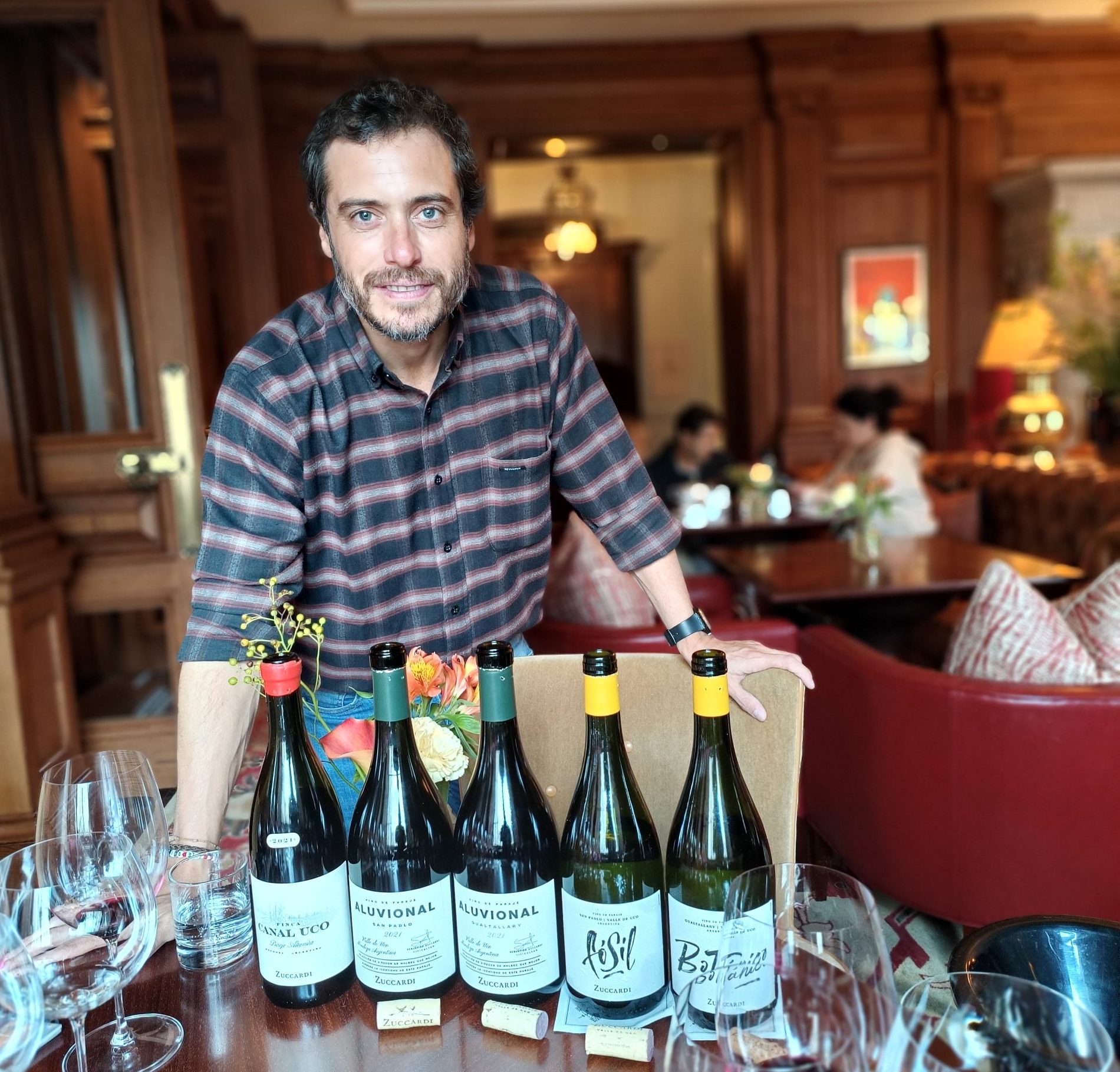
Zuccardi, who has taken the business set up by his grandfather into higher altitude areas of the Uco Valley, explains that some areas are so big “that you have three or four different kinds of conditions within them”, and it will take time for the different altitude and unique soils to become better understood. “They are all alluvial soils, but there is a lot of diversity and there is something that in some areas are unique” he says.
The geological origins of the mountains have led to unique soils close to the rivers in and around Paraje Altamira, San Pablo and Gualtallary – he points out that in some places the granite stones have quartz inside, but are covered in a thick layer of calcaire. “This combination is not usual, it is unique – in theory, alluvial soils are simpler, but because of the geological origins of the mountain, it is unique.”
It was for this reason that Zuccardi established his vineyards here, away from the family’s original cultivations in the central region around Mendoza. Originally, his grandfather started the company in 1963 as a side project to the family’s building company, in part due to “an obsession with efficient water use”. He had developed an innovative irrigation system, and a showroom was built alongside the vineyard to demonstrate this system to other growers. Luckily for the family, though, he discovered his passion, Zuccardi explains, cultivating the vineyards and selling the grapes. When Zuccardi’s father joined the business, “he wanted to dedicate his life to wine” rather than own a building company and there was significant growth.
“That’s the great thing about family companies, you can make great decisions that go further than your own life and further than the financial analysis – you are taking decision that are part of your life,” he points out. “We live in the field, and it is our passion.”
Each generation has brought a new dimension to the business, and Zuccardi’s his own contribution has been to push the level of the wines and focus on the high-altitude areas in the Uco Valley, in Altamira, Gualtallary and San Pablo.
Zuccardi was one of a handful of high profile producers who pushed for San Pablo, which falls within the department of Tunuyán, a designated subregion of the Uco Valley, itself a sub-region of Mendoza, to be recognised as a designated geographical region whose name could be included on wine labels.
“The challenge is not a matter of winemaking, but how far you are looking at the Uco Valley,” he notes. “When we make wines, we think about a pyramid – at the bottom we talk about the Uco Valley, but every time you go up, you are more precise about the region, villages wines, paraje wines, finca and parcel.”
However, he admits that when he started to buy land, he knew nothing about the calcaire, but only that the quality of the grapes was better than in other places, “so in an empirical way, I had an idea about the quality of the grapes,” he says.
Perhaps the most important thing is the position of the mountains in the Uco Valley – cultivation happens in the foothills, from 900m above sea level to 1800km, in a small area of only 30km wide, but there is a big variation of climate conditions within that small area. And the cool temperatures, along with the sun exposure, helps to promotes slow maturation, meaning the wines keep great freshness, complexity, and character.
Partner Content
Quiet revolution
There have been four revolutions in Argentina, he argues: in terms of place (“everyone has to talk about where the grapes are coming from”); breaking the limits of where to cultivate; diversity of style (“today when we talk about Malbec, we are not thinking about it the same way we did 15 years ago,”); and increasingly, white wine.
“When I was growing up, Argentina was considered a red wine country – we thought the only way to make great wine was to be close to the ocean, but we can make interesting white wines if we grow at altitude,” he explains. Although only 30% of his production is white wine, this is increasing.
In the high-altitude area, with calcaire soils, the best vehicle to express the area is Chardonnay, fermented and aged in concrete, he notes, although in order to focus on the place rather than the variety, the grape is only included on the back label of his two white wines, Fossil from San Pablo, which launched in 2016, and Botanico from Gualtallary, rather than on the front.
Although the wines are vinified very simply – direct press, fermentation and concrete ageing for a year with no racking or battinage – the wines are very different. The high altitude in Gualtallary leads to fast ripening, so there is a bit more fruit expression on the nose, while still being flinty and precise, while the challenge is the opposite in San Pablo, making an even flintier wine with lots of salinity.
Preserving these qualities has lead Zuccardi to increasingly focus on concrete. He first used it back in 2009, but now all of his wine are produced in raw concrete vats which don’t have an epoxy lining.
“I fell in love with it – it gives no taste, it is pure and precise,” he says, although he notes that it marks a return to the way that Argentina produced wine before the influence of Bordeaux-style small barrels in the 1990s, which contributed to “a loss of sense of place”.
“We started making Malbec in a sunny, cold place with sandy, stony soils like a Cabernet Sauvignon from a cloudy, wet place with clay soils – in my view, we lost our identity.”
“If we want to make wines that gave the transparency and pureness of the place, I don’t want to have aromas that do not come from the vineyard,” he continues. “I don’t want to make a ‘perfect’ wine, but one that talks about my vision of the area. We are looking for tension, minerality and trying to avoid the sweetness and the aromas that are not coming from the place.”
Related news
The Castel Group rocked by Succession-style family rift

